|
In a bid
to get the Year of the Tiger off to a flying start, I made a determined effort to see Ward’s Trogon. I started the serious
climb up the mountain before first light and, after one hour of continuous slog I arrived at the bird’s preferred altitude
(or at least it was when my friend saw a female there two weeks before). Again, there was very little bird activity at this
height and, after two hours of walking slowly backwards and forwards along the forest trail, I gave up and headed back down
the mountain. After 30 minutes or so I hit on a rich seam of birds that kept me occupied for an hour or so. A flock
of 18 Speckled Wood Pigeons graced this area, as did a dozen or so Beautiful Sibias, which can look less than beautiful unless
they are seen in good light. A flock of Grey-cheeked Fulvetta cruised through and, following on close behind, was a bird I
had only seen once before… A Walden’s Barwing, which obligingly sat out for a few seconds, soaking up the bright
sunlight that had just begun to break through. As you will see from the photograph, the generally accepted name of Streak-throated
Barwing is just plain daft (at least for this race), not least because it’s more streaked than Streaked Barwing, and
so I have taken the liberty to re-christen it. Really, the people responsible for putting the modern names to
birds in this part of the world need to get out more. My "favourite" name change is Indian to Grey Nightjar. How
many nightjars are not grey I wonder. And while I’m on this particular soap box, whose idea was it to change the wonderful
name of Pere David’s Laughingthrush to Plain Laughingthrush?? Which brings me on to the subject of the bird
I saw a few yard’s from the Walden’s Barwing: I had never seen one before, although I had seen reports of several
being seen in the area over the years. As soon as I put my binoculars on it, I had one of those moments that makes birding
so sweet – seeing something incredible, not just incredible in the sense that you have not seen something before, but
in the sense that you have never seen anything like it before. I am referring to the binocular-filling view of Hume’s
Wren Babbler (Sphenocichla humei). In this part of the world, the sub-species is roberti which is, I understand, even more
impressive than the nominate humei which occurs from Sikkim to northern Assam (north of the Brahmaputra, according to Clements).
So, it’s not hard to work out what I would call it the event of a split. Anyhow, after so many boring brown
jobs named after him (not forgetting that Mrs Hume got an amazing pheasant), Mr Hume deserves something a bit special. And
Hume’s Wren Babbler is that and a lot more. So special, in fact, I actually forgot to put my binoculars down and pick
up my camera! But no regrets ;-) 10 species photographed today (all “new” for 2010) are posted
on my website. Here’s the link: www.ChineseCurrents.com/2010birds15.htmlYellow-cheeked Tit (nom. ssp spilonotus), few
Speckled Wood Pigeon (monotypic), 18
Beautiful
Sibia (monotypic), c60
Walden's Barwing (ssp saturatior), 1
Naga Nuthatch (nom. ssp nagaensis), 1
Yellow-bellied
Fantail (monotypic), few
Rufous-throated Partridge (ssp intermedia), sev
Black-headed Sibia (monotypic), 1
Brown-throated
Treecreeper (ssp shanensis), 1
Rusty-capped Fulvetta (ssp ?), 8
And also a Black Giant Squirrel!Other birds seen: Crimson-breasted Woodpecker, 1 Franklin’s Barbet, 4 Black Eagle, 1 Long-tailed Shrike, 1 Red-billed Blue Magpie, 2 Grey-chinned Minivet, 2 Ashy Drongo, sev White-throated
Fantail, 1 Long-tailed Thrush, 3 Bluetail sp., 1 Blue-fronted Redstart, 1 Rusty-flanked Treecreeper,
1 Green-backed Tit, 1 Oriental White-eye, sev Brown-breasted Bulbul, 2 Striated Bulbul, 2 Mountain
Bulbul, few Black Bulbul, c200 Buff-barred Warbler, sev Ashy-throated Warbler, few Robert's Wren Babbler,
1 Streak-breasted Scimitar Babbler, few Rusty-fronted Barwing, c20 Grey-cheeked Fulvetta, c50 Stripe-throated
Yuhina, few Rufous-vented Yuhina, c200 Nepal Sunbird, 1 Mrs Gould’s Sunbird, 4 2010
= 112 species photographed.


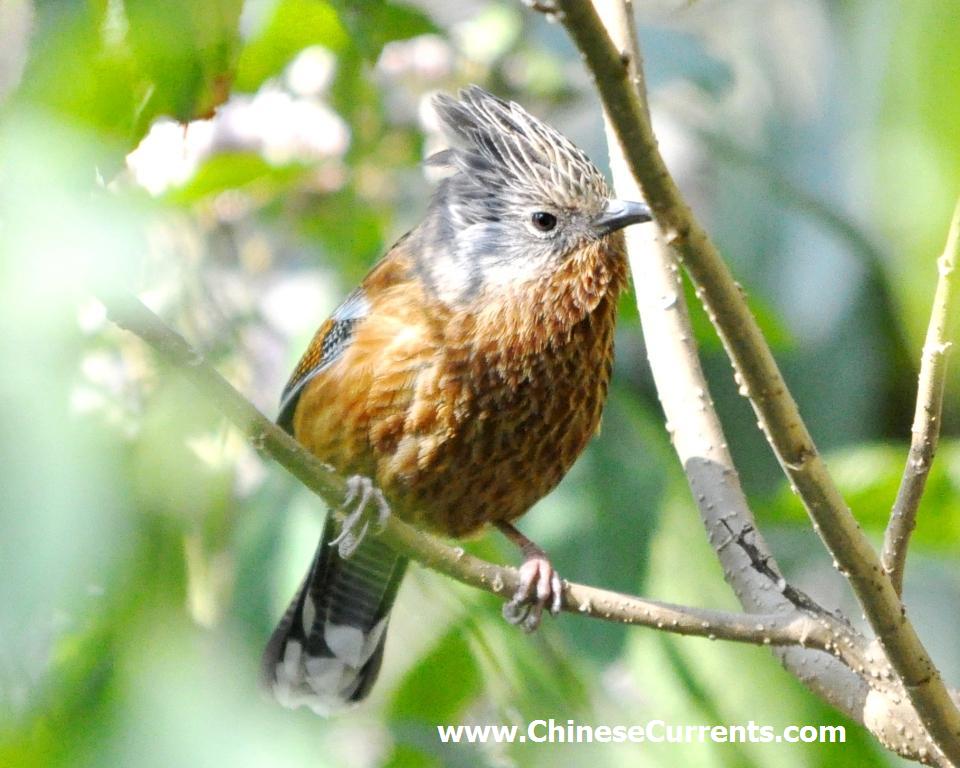
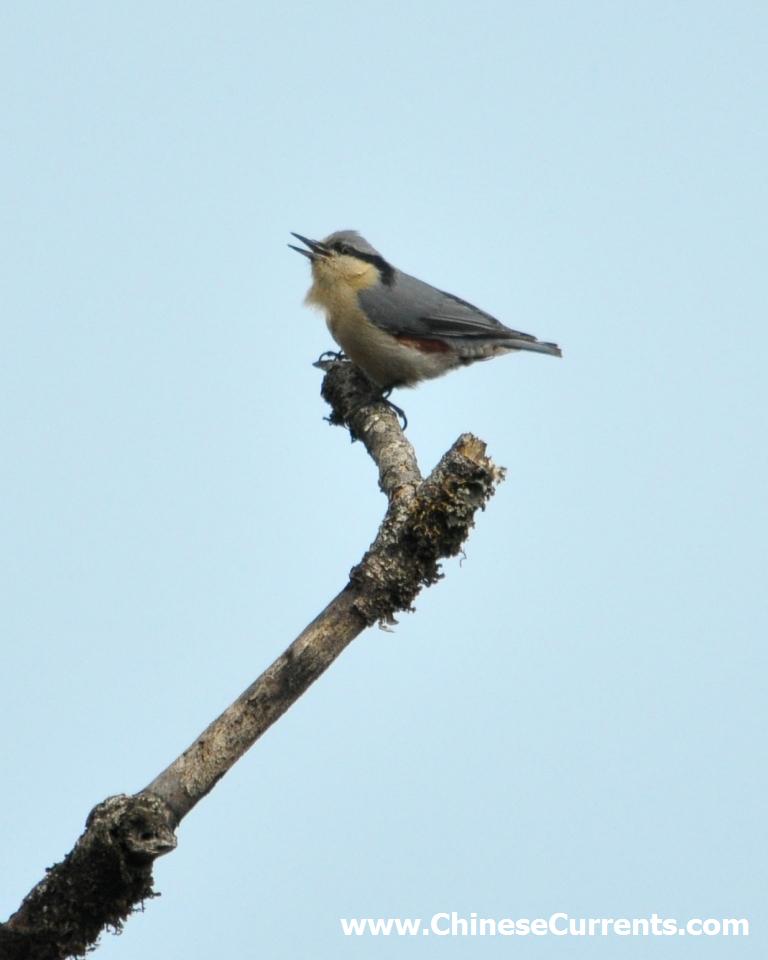

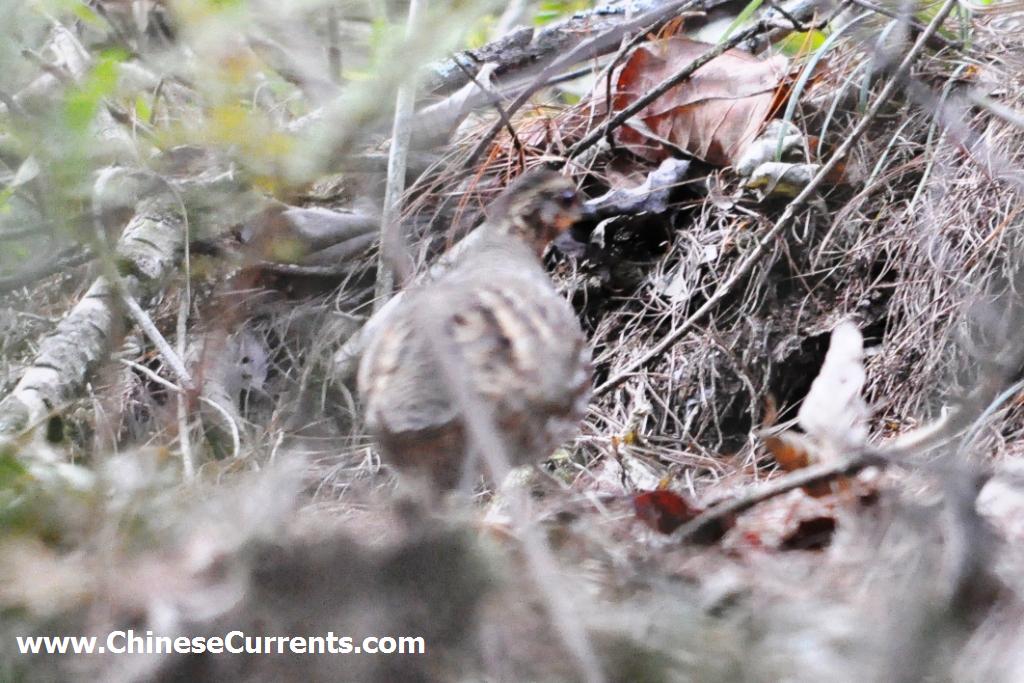
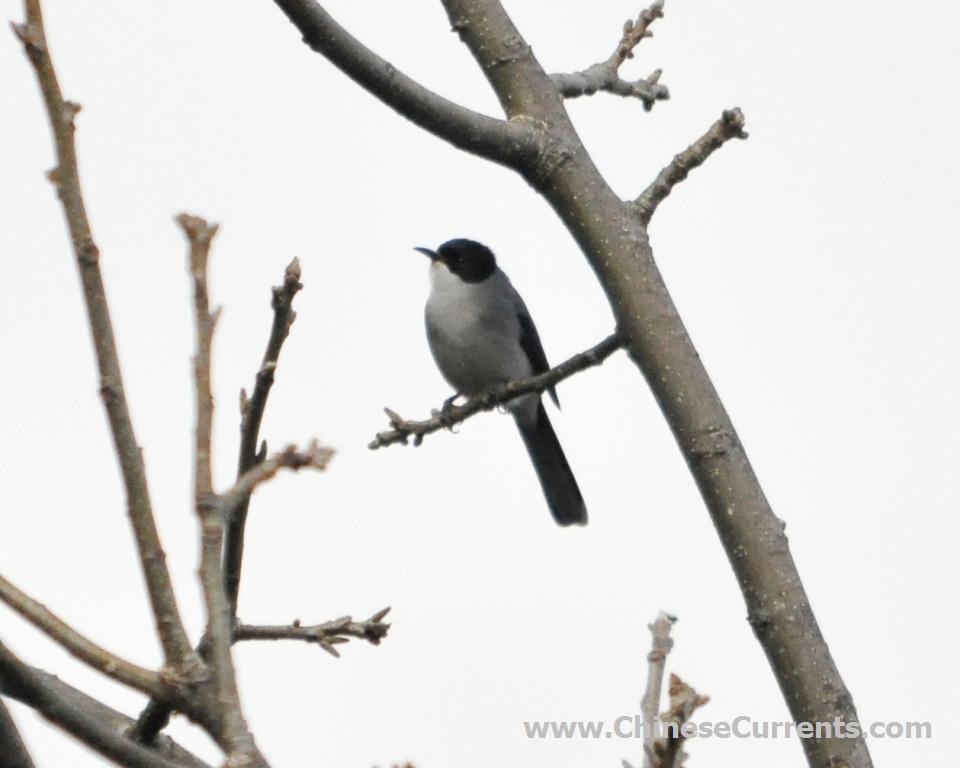

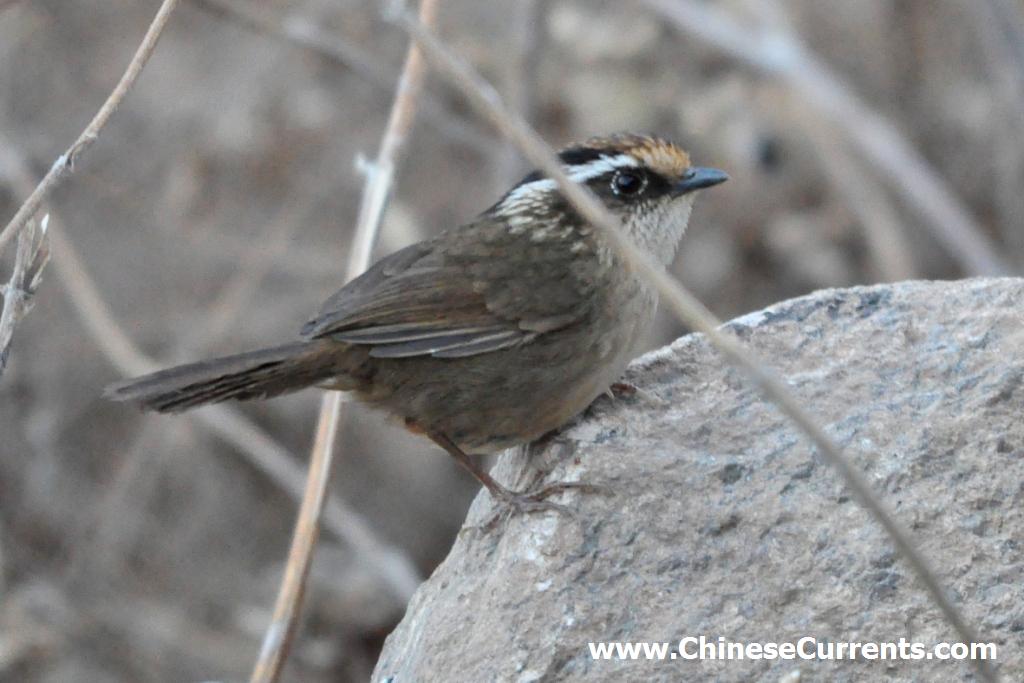
|

